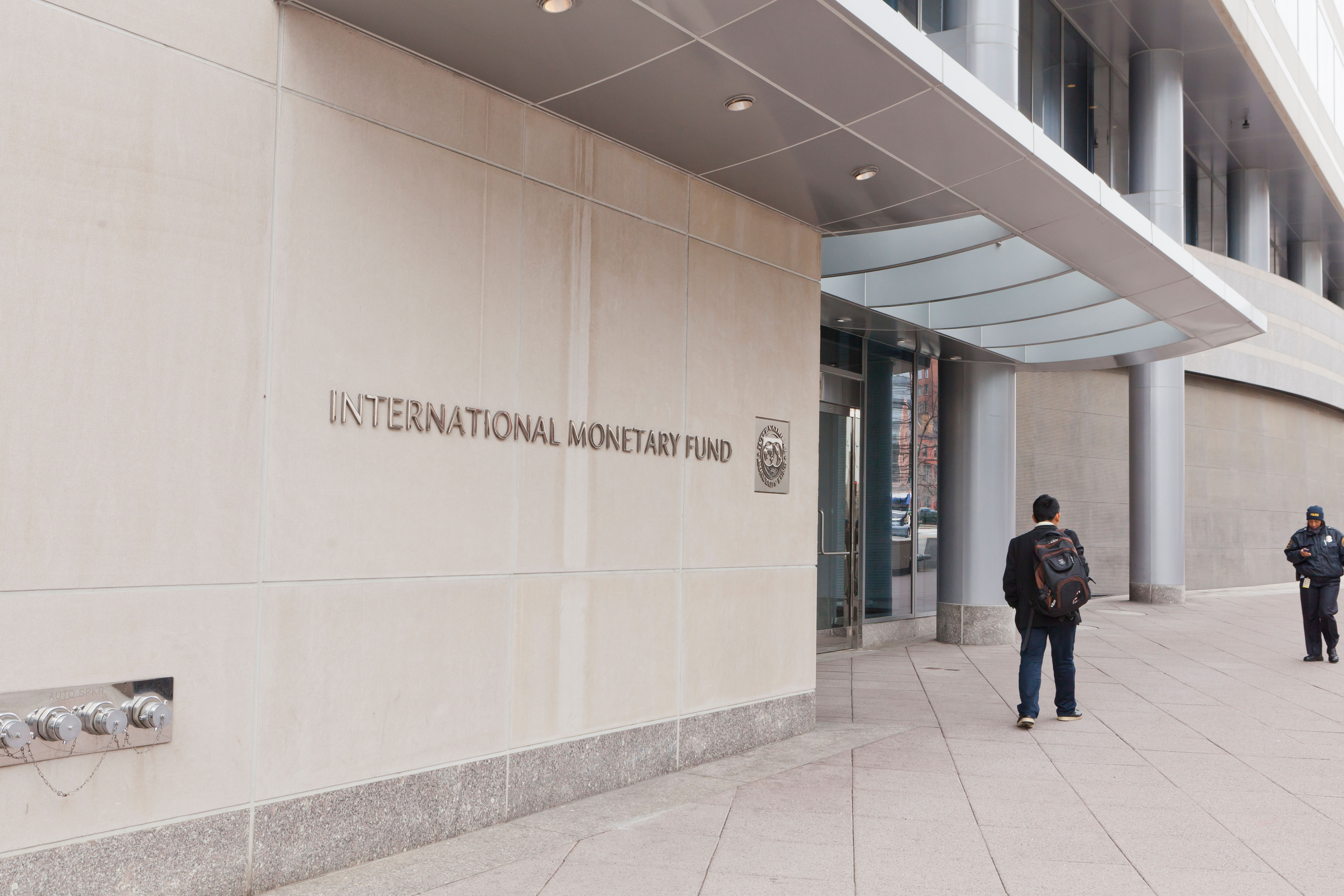IMF Gives 5-Point Plan For Crypto Regulation

The International Monetary Fund (IMF) has made recommendations to regulate the cryptosphere and provide a framework for exchanges and investors to work to.
Firstly it wants crypto asset service providers to be licensed, registered, and authorized. That includes those providing storage, transfer, exchange, settlement, and custody services, with rules like those governing providers of services in the traditional financial sector. It wants customer assets to be held separately from the company’s own assets and the responsible authority to be clearly defined.
Secondly, entities that carry out many different functions in the cryptosphere should be subject top additional oversight. If there is any coniflict of interest it should be assessed by the responsible authority and prohibited, if necessary, and such entities should be subject to stringent regulations on transparency so that all dependencies and operations can be clearly identified.
Thirdly, stablecoin issuers should be subject to strict prudential requirements as they are becoming a store of value for greater numbers of investors. Without proper oversight and regulation such holdings could destabilise monetary and financial stability. In cases of major stablecoins, a regulation on the scale of that employed in the banking sector could be required.
Fourthly, established financial institutions that deal in cryptocurrencies should be subject to clear requirements regarding the risks that arise from transacting in crypto, and fifthly, there needs to be a robust, global crypto regulation and supervision framework. Crypto’s borderless nature has highlighted the ineffectiveness of national authorities to adequately deal with the digital coins, and only a unified approach that can adapt quickly will be suitable.
Of course the IMF’s recommendations are just that, recommendations. The cryptocurrency world remains a relativly unregulated domain, and as yet there has been no consensus as to how a global regulatory framework could look or be implemented.



